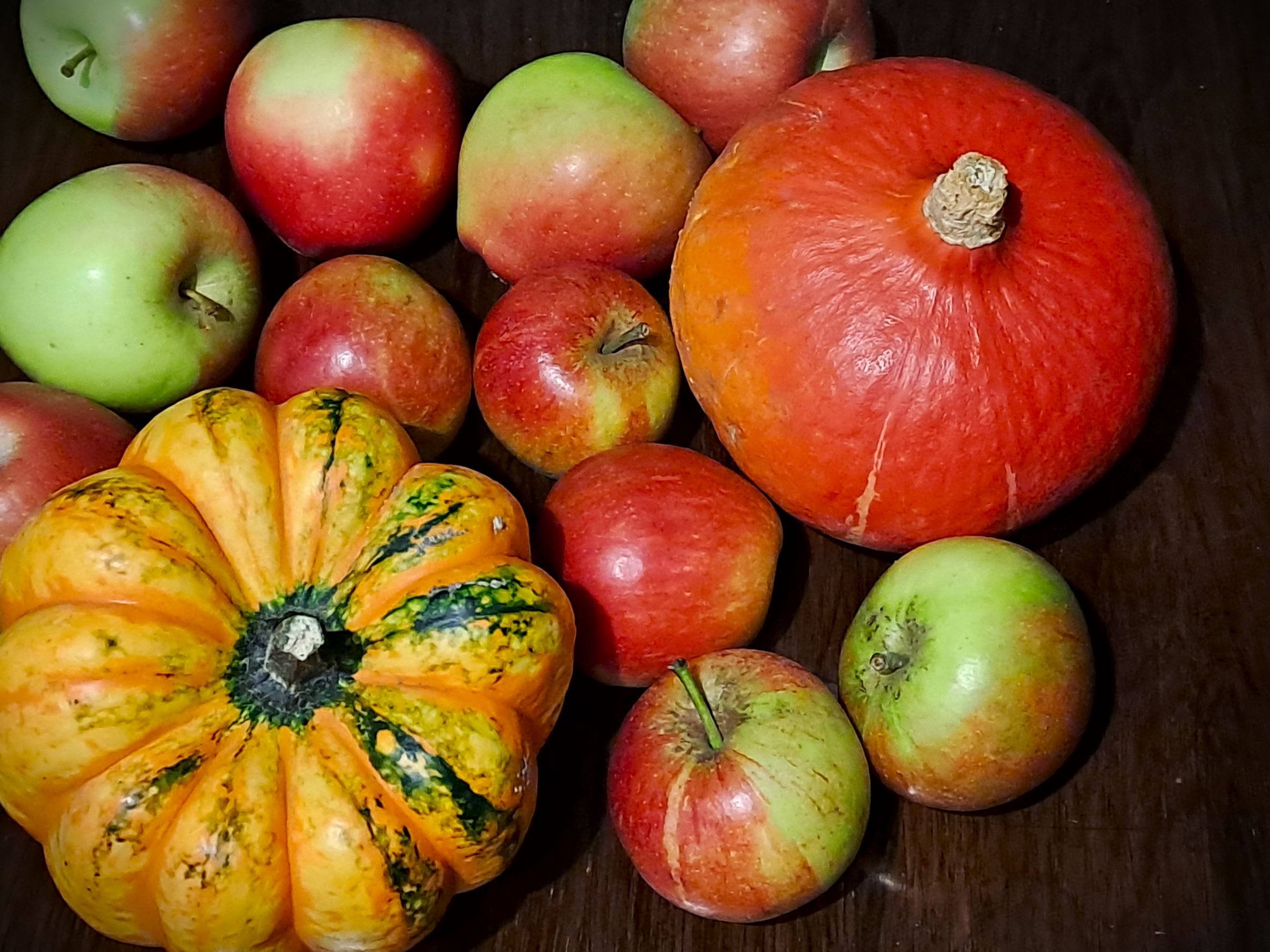
Make This Christmas Special
Explore our awesome drink gift sets, perfect for friends and family. * Order by Noon, 19th December for pre-Christmas delivery. *
Gift Ideas HereA Potted History of Halloween and Apples

The interesting thing about certain events or associations is that sometimes, just sometimes, everything conspires to make all events inevitable. In Aristotelian tragedy there is always a point of no return, where the protagonist makes their choice and from there on in there is only one possible outcome. All plot points lead to a single outcome. Oedipus kills his father and his downfall is determined. When Macbeth kills the king, there will be no good outcome. When Manon decides to abandon her journey to the convent, there is only one path left for her.
The association of apples with Halloween is perhaps less dramatic, but certainly seems to be fate conspiring for a single scenario: toffee apples and apple bobbing.
As long ago as 400BC, there is evidence that people would put out apples and nuts at the turning of the season to feed the spirits. This was to celebrate the Celtic/Gaelic festival of Samhain, marking the end of the harvest season and that festival falls directly between the autumn equinox and the winter solstice, or October 31st.
Apples were a symbol of life, plenty and (most importantly for the spirits) immortality. The offering of apples on Samhain were thought to open the barrier between the living and the dead and thus began the tradition of Halloween.
When the Romans invaded Britain in 55BC (and going forward) they brought their own culture and traditions that they wanted to impose on the populace. The end of Samhain, right? We picked it back up later on?
No.
The Roman festival of Feralia fell in late October, a festival to mark the passing of the dead and also a time to honour Pomona, Roman goddess of fruit, whose symbol was an apple. One of the traditions associated with this festival was youths bobbing for apples together in a barrel. The tradition held that if a boy and a girl bit into the same apple, they were going to have a long and fertile marriage… sort of a proto-Valentine’s day, but also celebrating the dead..?
When All Saint’s Day was established by Pope Boniface IV in 609AD and the Celtic lands were converted (around the 9th century), it seemed natural that the traditions of Samhain would blend with this new festival and lead to pageants of saints, ghosts and devils, as well as the older traditions of bobbing and eating the harvest of apples each year.








